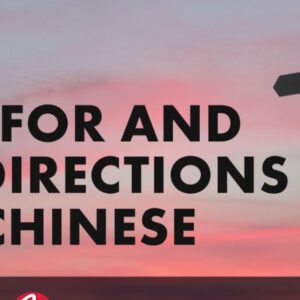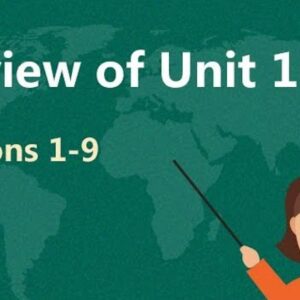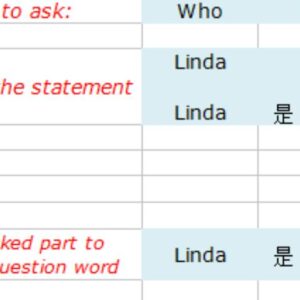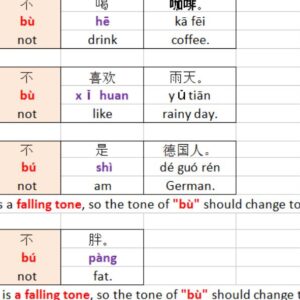In today’s lesson, we will certainly learn how to reveal they or them in Chinese, for example, just how to share that they are all my friends.
Lesson Audio Testimonial
Dialogue
| A:妈妈,她是刘伟,她是王丹。他们都是我的朋友。
Māma,tā shì Liú wěi,tā shì Wáng dān.Tāmen dōu shì wǒ de péngyou. Mom, she is Liu Wei, she is Wang Dan. They are all my friends. |
| B: 你们 好 。 很 高兴 认识 你们 。
Nǐmen hǎo. Hěn gāoxìng rènshi nǐmen Hello. Very happy to meet all of you. |
| A: 你们 都 会 说 英语 吗 ?
Nǐmen dōu huì shuō yīngyǔ ma ? Do you all speak English? |
| B: 我 会 说 。
Wǒ huì shuō . I can speak. |
| C: 我 也 会 说 。
Wǒ yě huì shuō . I also can speak. |
| A: 李强 , 他们 都 是 中国 人 吗 ?
Lǐqiáng , tāmen dōu shì zhōngguó rén ma ? Li Qiang, are they all Chinese? |
| B: 是 的 , 他们 都 是 中国 人 。
Shì de , tāmen dōu shì zhōngguó rén. . Yes, they are all Chinese. |
Expansion
Make a distinction between 都 (dōu, both/all) and 也 (yě,also)
Although都 (dōu, both/all) and 也 (yě,also) have different meanings in Chinese, many foreign students still mix them up at the beginning of their Chinese learning. One possible reason may be that 都 (dōu) and 也 (yě) are both used before the verb and they are the first a few adverbs they meet in Chinese.
Let’s see more examples to practice them:
|
Listen |
|
||||||||||||||||||||||||||||||||||
| To express that a group of people have some similarities, we use 也 (yě,also) and 都 (dōu, both/all) together, and 也 (yě,also) should be put before 都 (dōu, both/all). | ||||||||||||||||||||||||||||||||||||
|
Listen | |||||||||||||||||||||||||||||||||||
Grammar
| 1) Using 们(men) to express the plural form of the personal pronoun. | ||||||||||||||||||||||||||||||||
In Chinese, we add the suffix 们 (men) after the personal pronoun such as 我 (wǒ), 你 (nǐ) and 她/他 (tā) to express their plural forms such as we/us, you and they/them as the following: |
||||||||||||||||||||||||||||||||
|
Listen |
|
||||||||||||||||||||||||||||||
|
Listen |
|
||||||||||||||||||||||||||||||
|
Listen |
|
||||||||||||||||||||||||||||||
|
Listen |
|
||||||||||||||||||||||||||||||
| The objects have no plural forms, which means that their singular forms are the same as their plural forms. | ||||||||||||||||||||||||||||||||
|
Listen |
|
||||||||||||||||||||||||||||||
|
Note: If the context is clear that both speakers know that they are talking about the plural forms of the people, there is no need to add 们 (men).
|
||||||||||||||||||||||||||||||||
|
Listen |
|
||||||||||||||||||||||||||||||
| 2) Expressing “all and both” with 都 (dōu) | ||||||||||||||||||||||||||||||||||
| 都 (dōu)can be translated to all or both in Chinese. And it refers to all the person and all the things mentioned above as long as the number is more than one.The position of 都 (dōu)is always after the subject and before the verb or adj.
The structure is: |
||||||||||||||||||||||||||||||||||
|
Listen |
|
||||||||||||||||||||||||||||||||
|
Listen |
|
||||||||||||||||||||||||||||||||





